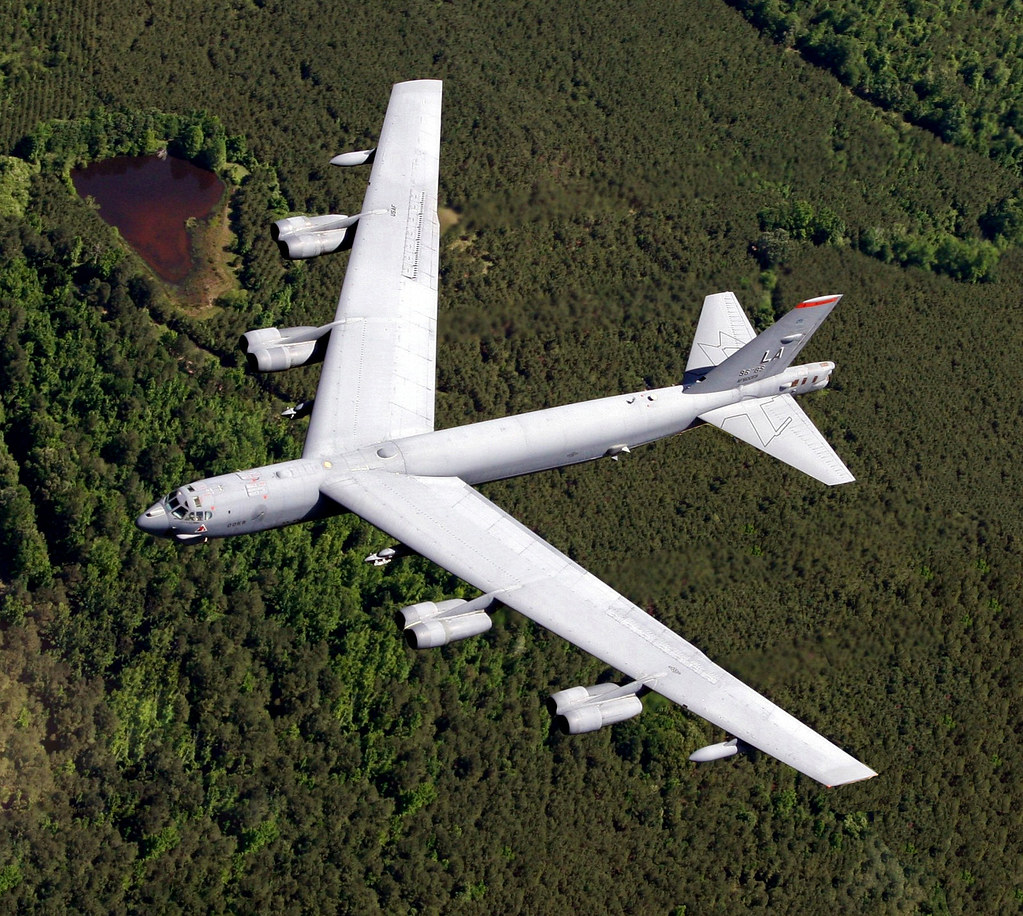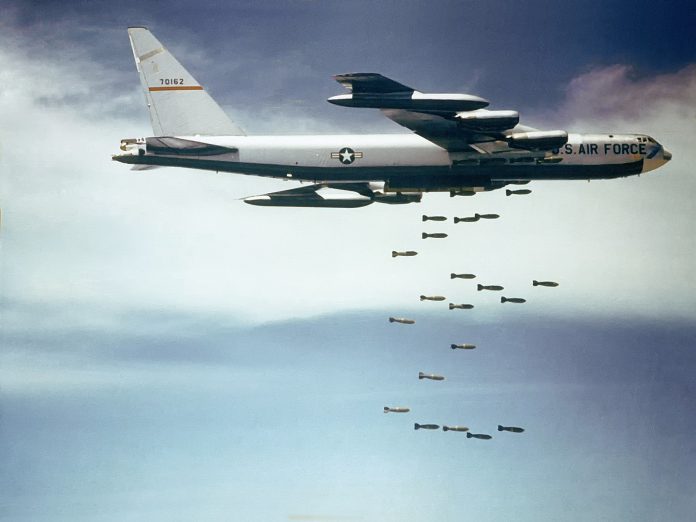
The legendary B-52 Stratofortress, often dubbed “BUFF” for Big Ugly Fat Fellow, has been a symbol of American airpower for decades.

This venerable aircraft, which first took to the skies in the early days of the Cold War, is poised to soar into the future as the Air Force embarks on an ambitious $48.6 billion overhaul to keep these warbirds flying until around 2060.

The revitalization effort comes as the Air Force prepares for a major shift in its bomber fleet, welcoming the stealthy new B-21 Raider.

Despite its age, the B-52 has been a resilient and adaptable platform, undergoing various upgrades over the years. The most recent revamp, the B-52J modernization, is the most extensive yet.

The project includes replacing its original Pratt & Whitney TF33 engines with new, more efficient, and quieter Rolls-Royce-made F130 engines—a $2.6 billion initiative under the Commercial Engine Replacement Program.

Additionally, the Stratofortress will receive a modern active electronically scanned array radar, improved avionics, communication upgrades, and a variety of new armaments including the Long Range Standoff weapon and potential hypersonic missiles.

Maj. Gen. Jason Armagost, commander of 8th Air Force, highlighted the strategic value of the updated B-52J, which in conjunction with the forthcoming B-21s, would forge “a very powerful, integrated force.”

The B-21 Raider, equipped with advanced stealth capabilities, was created to carry out deep strike missions against an enemy with sophisticated air defenses, whereas the B-52J, lacking stealth features, would perform stand-off strikes by launching missiles at enemy targets from outside contested airspace.

The new engines are expected to extend the B-52’s range and reduce its reliance on an outdated supply chain for parts. As Armagost stated, “If we’re on a mission in Indonesia, we’ll probably have parts available for those engines that are pretty close.”

The B-21 Raider, under development by Northrop Grumman, represents the future of American stealth and strike capabilities.

This next-generation bomber will play a critical role in the Air Force’s strategic fleet, complementing the B-52J with its advanced stealth capabilities. At least 100 B-21s are expected to form a key part of the future bomber force, with the first operational aircraft slated for delivery in the mid-2020s.

With more advanced low-observable technology and digital design techniques, the B-21 aims to maintain the U.S. edge in air superiority.

The Air Force is developing “robust” concepts of operations for how the B-21 will conduct missions, in coordination with the B-52. This collaboration is aiding Air Force Global Strike Command in identifying potential future capability gaps and devising solutions.

Armagost, however, does not anticipate a “siloed” strategy in the utilization of its two bomber types, where each is specifically assigned to fulfill particular mission types.

More likely, he suggested, is the coordination of B-52J and B-21 aircraft, alongside additional U.S. forces or partners, in integrated multidomain operations. This could involve collaborating with cyber and maritime assets.
Relevant articles:
– The new B-52: How the Air Force is prepping to fly century-old bombers, Defense News
– Air & Space Forces Magazine, Air & Space Forces Magazine
– B-21 Raider: The Stealth Bomber the Air Force Needs Right Now, The Heritage Foundation
– Northrop Grumman, Northrop Grumman

